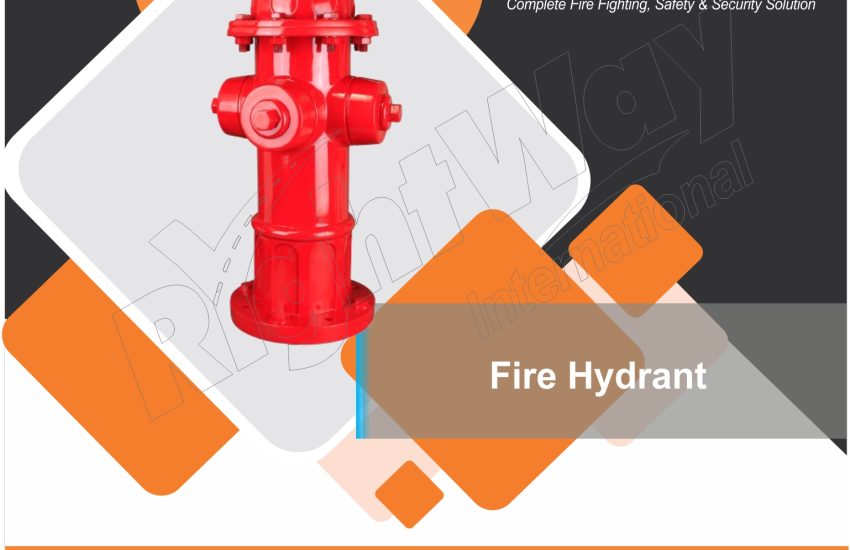Fire Hydrant are critical components of urban infrastructure, providing emergency responders with immediate access to water during firefighting operations. This article explores the function, types, benefits, and maintenance of fire hydrants.
What is a Fire Hydrant?
A fire hydrant is a valve connection point in a public water supply system, designed for firefighters to access water quickly in emergencies. These devices are typically installed along streets and in various public areas to ensure rapid response capabilities during a fire.
Key Features
- Types of Hydrants: Fire hydrants come in several types, including wet barrel, dry barrel, and standpipe hydrants. Each type is designed for specific climates and usage conditions.
- Construction Materials: Most fire hydrants are made from durable materials like ductile iron, which can withstand high pressures and harsh environmental conditions.
- Connection Sizes: Fire hydrants are equipped with various connection sizes and types (such as NST or NFPA threads) to accommodate different hoses used by firefighters.
- Visibility: Hydrants are usually painted in bright colors to enhance visibility and indicate the water flow rate, aiding firefighters in emergency situations.
- Maintenance Access: Many hydrants feature accessible components for maintenance and inspection, ensuring they remain operational when needed.
Benefits of Fire Hydrants
- Rapid Response: Fire hydrants provide immediate access to large volumes of water, allowing firefighters to combat flames effectively.
- Community Safety: Properly maintained fire hydrants play a vital role in reducing property damage and saving lives during fire emergencies.
- Hydrant Marking: The colors used to paint hydrants often indicate their water flow capabilities, helping firefighters quickly assess available resources.
- Infrastructure Support: Fire hydrants are integral to community infrastructure, supporting not only firefighting efforts but also aiding in other emergency situations.
- Cost-Effective: Installing and maintaining fire hydrants is a cost-effective measure for communities to enhance fire safety without extensive investments.
Maintenance of Fire Hydrants
- Regular Inspections: Routine checks are necessary to ensure hydrants are in good working order. This includes verifying the operation of valves and ensuring there are no obstructions.
- Flow Testing: Periodic flow tests should be conducted to confirm the hydrant can deliver adequate water pressure and volume.
- Winterization: In colder climates, dry barrel hydrants need to be winterized to prevent freezing and damage.
- Painting and Visibility: Regular maintenance includes repainting to maintain visibility and ensure flow rates are clearly indicated.
- Record Keeping: Maintaining accurate records of inspections, maintenance, and repairs helps ensure hydrants are ready for use in emergencies.
Conclusion
Fire hydrants are essential tools for ensuring public safety and effective firefighting capabilities. Their strategic placement, robust construction, and regular maintenance are critical to protecting communities from the devastating effects of fire. By investing in and properly maintaining fire hydrants, municipalities can enhance emergency response efforts and ensure the safety of residents and property.


